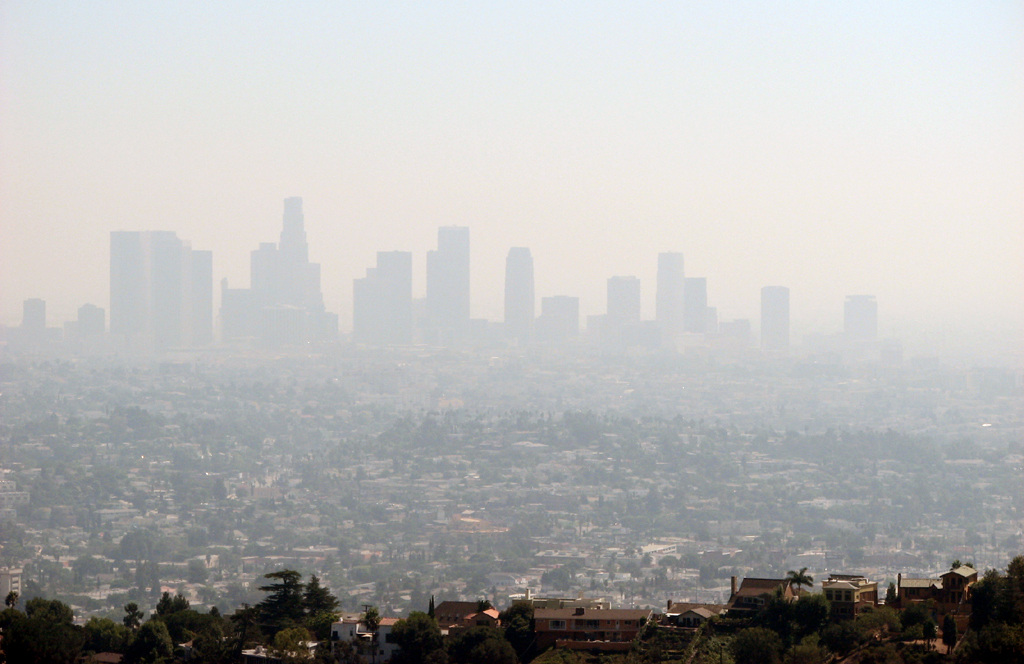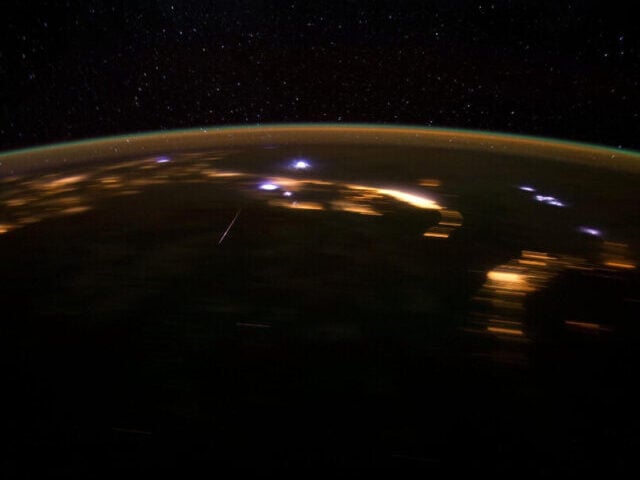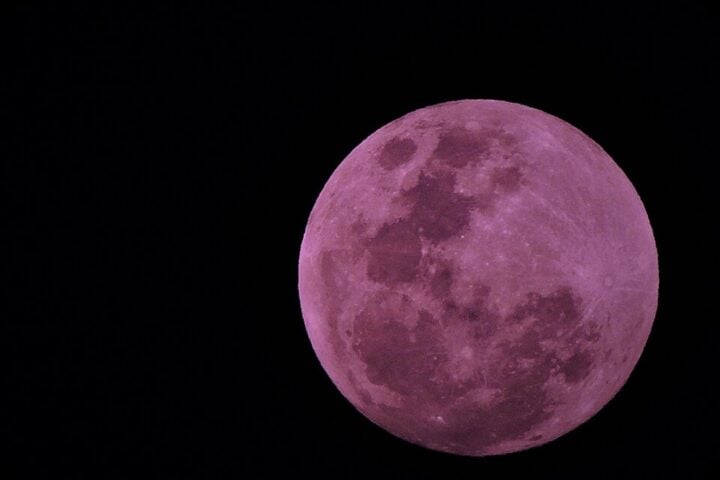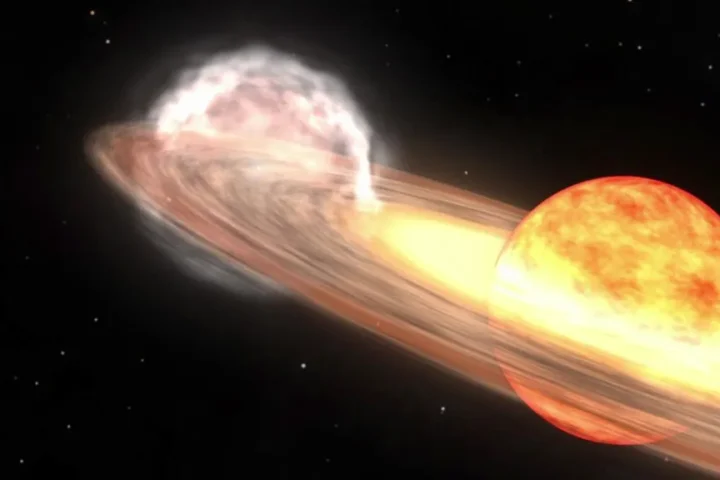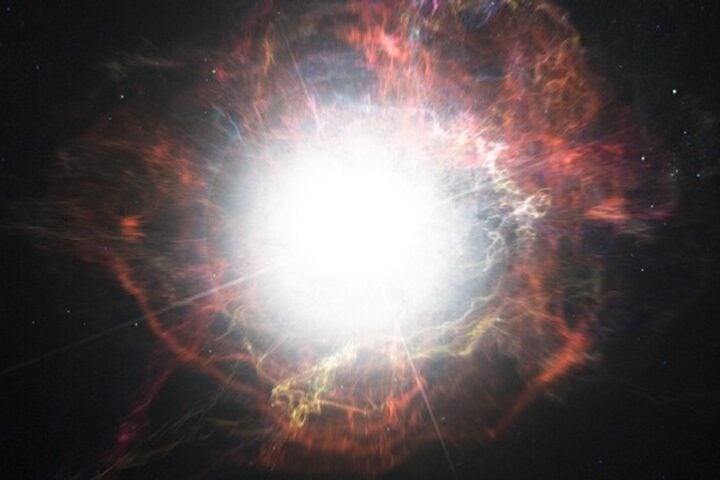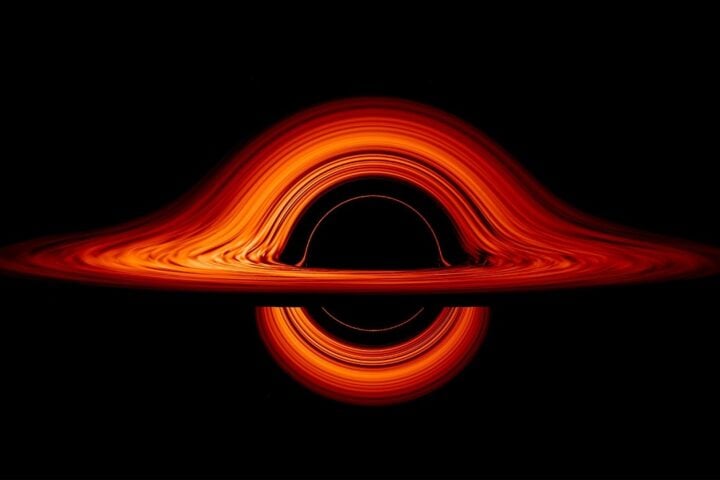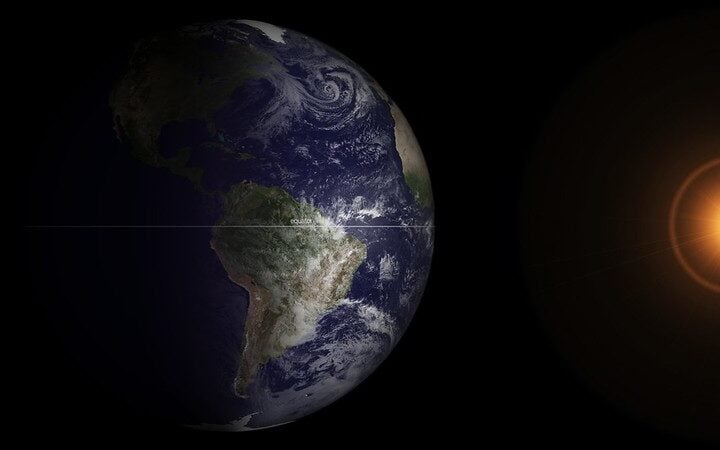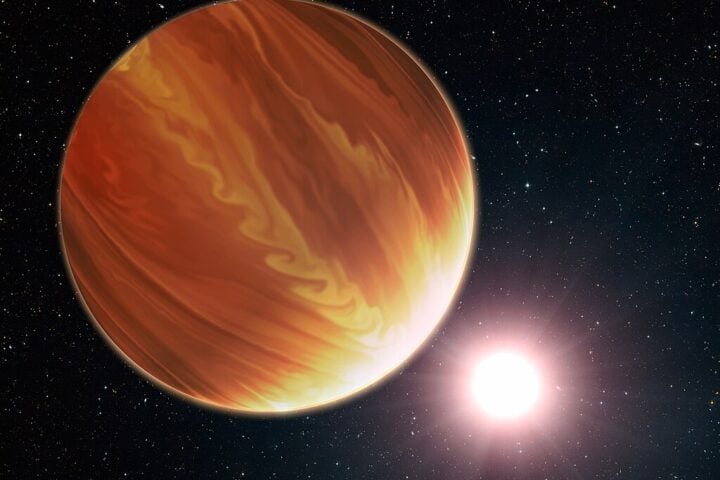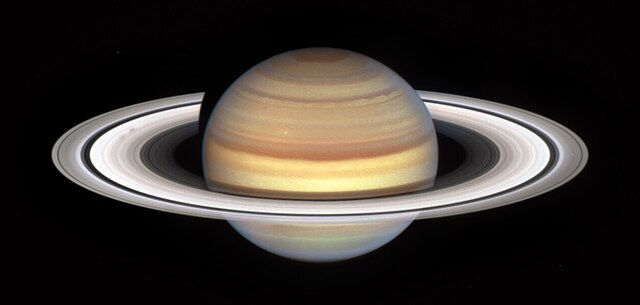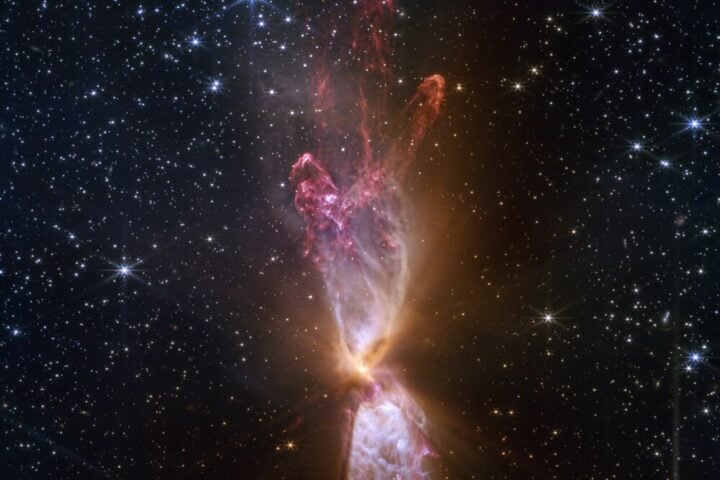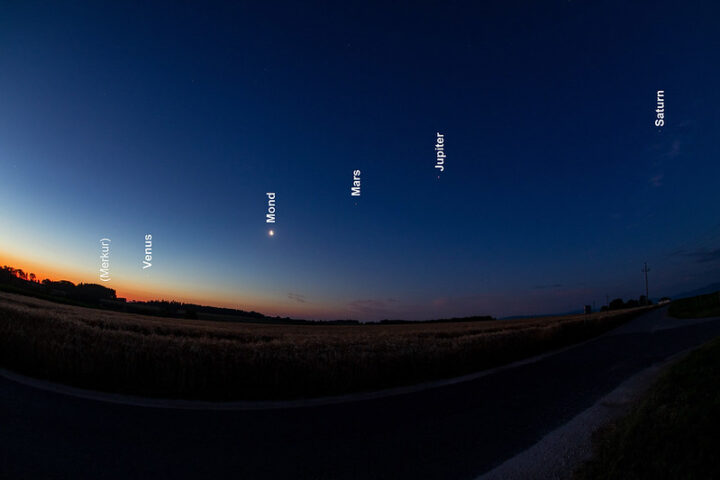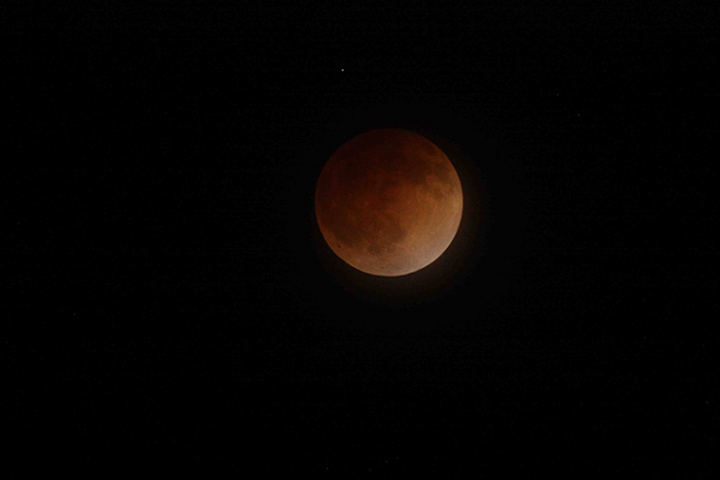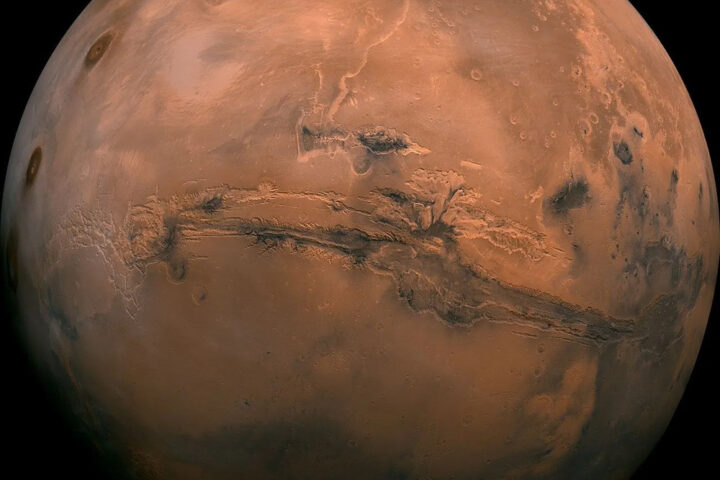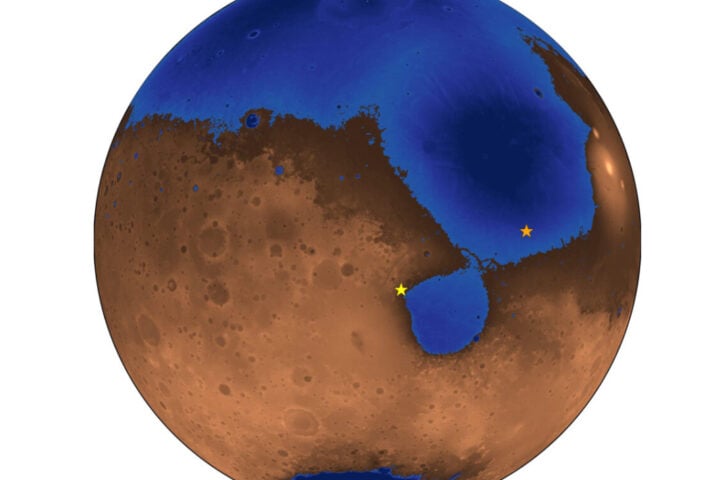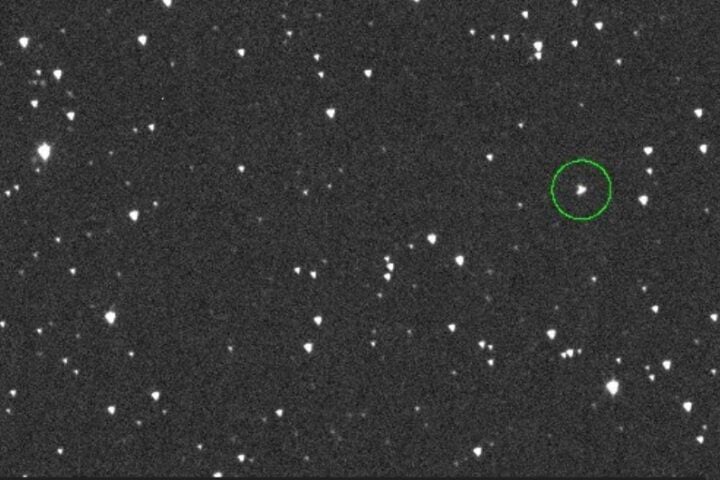For the first time, a peculiar area around black holes known as the “plunging region” has been observed. Albert Einstein had predicted that this area, instead of circling a black hole, would fall straight in, as per his general theory of relativity. This phenomenon had never been seen before. A new study led by researchers at Oxford University’s Department of Physics provides the first observational proof of this key prediction by Einstein.
Einstein’s theory of general relativity predicted that sufficiently close to a black hole, particles cannot follow stable circular orbits and instead “plunge” into the black hole at nearly the speed of light, hence the term “plunging region.” This is distinct from Newton’s theory of gravity. The study, published in the “Monthly Notices of the Royal Astronomical Society,” is titled “Continuum Emission from Within the Plunging Region of Black Hole Discs.” It utilized X-ray data from NASA’s NuSTAR and NICER space telescopes to analyze smaller black holes relatively close to Earth (Oxford Academic) (NASA).
Similar Post
Dr. Andrew Mummery, from Oxford’s Department of Physics, led the study. He explained, “This is the first look at how plasma, peeled from the outer edge of a star, undergoes its final fall into the center of a black hole, a process happening in a system around 10,000 light years away.” He further added that this new technique allows for the study of the strongest known gravitational fields by examining many black holes in the galaxy.
Einstein’s theory predicted this final plunge, but this is the first time it has been demonstrated observationally. Dr. Mummery described it metaphorically: “Think of it like a river turning into a waterfall—hitherto, we have been looking at the river. This is our first sight of the waterfall.” This study focuses on small black holes closer to Earth. A second team from Oxford’s Department of Physics is also part of a European initiative to build the Africa Millimetre Telescope, aimed at enhancing our capability to observe and film large black holes at the center of our galaxy.


